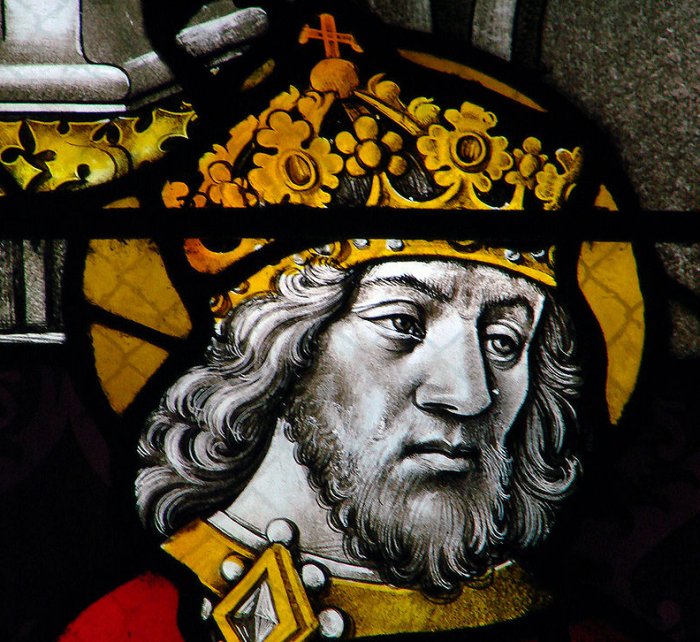Charlemagne – Most Famous Emperor Of Education And Enemy Of Pagan Worshippers – What Did He Really Mean For Europe?
A. Sutherland - AncientPages.com - Charlemagne, also known as Charles the Great (742 - 814), is considered the most remarkable of all medieval rulers in the history of the European continent.
His kingdom stretched to the territories today, including France, Germany, Benelux, part of Italy, and Switzerland; his contemporaries called him the 'Father of Europe.'
For some, he was a national hero. For others, he was the almost semi-legendary figure, and after his death - in a way - he was still alive. His life was remembered, and his achievements inspired the Crusades and later European leaders such as Louis XIV, Napoleon I, and Hitler. Even today, some people claim Charlemagne as the founder of European unity.
Charlemagne proved to be a talented diplomat and able administrator of the vast European kingdom he controlled. He was a true enemy of pagan worshippers.
Charlemagne was an enthusiastic promoter of literacy, respected education, and loved books. An excellent scholar in many other subjects, including language and mathematics, unfortunately, he never learned to write.
Charlemagne was born around 742, but his birthplace is unknown, although Aachen in modern-day Germany and Liege in present-day Belgium were proposed as possible locations.
Very little is known about his childhood. He was illiterate for much of his life. He studied grammar, rhetoric, and mathematics and learned to speak Latin and understand some Greek in addition to his native Frankish, but he had difficulties to learn to write.
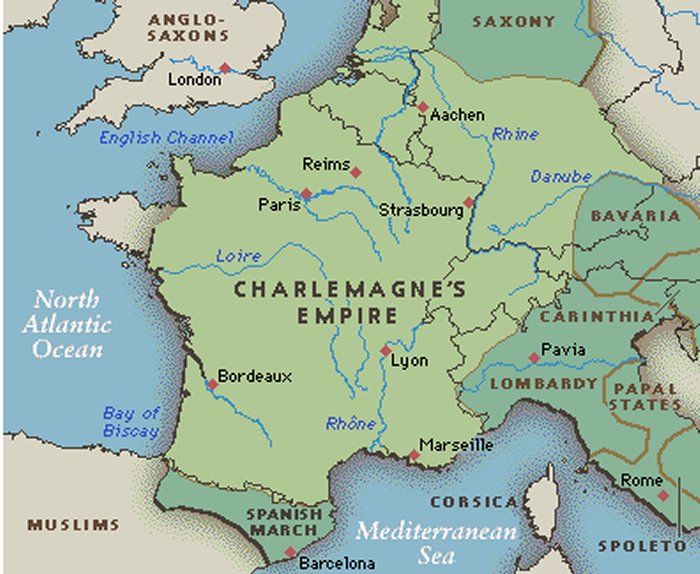
Charlemagne was a successful conqueror. He defeated the Lombards in northern Italy and made himself their king. He campaigned in Spain and Hungary.
He hired learned men to read out loud to him at dinner. We know from ancient historical records that he practiced writing on his wax tablets while in bed and then hid them under his pillows.
When his father, Pepin the Short (714 – 768), died, the kingdom was divided between Charlemagne and his brother Carloman. When his brother died in 771, Charlemagne became the leader of the reunified Frankish empire, which ruled from several cities and was engaged in many military battles during his reign.
He conquered Saxony in the 8th century, but winning the battle over the Saxons was not easy. He spread Christianity into Northern Europe by forcing Catholicism on the conquered people and slaughtering those who refused to convert. Charlemagne financially supported churches and protected the popes. He also made churches function as refugee shelters.
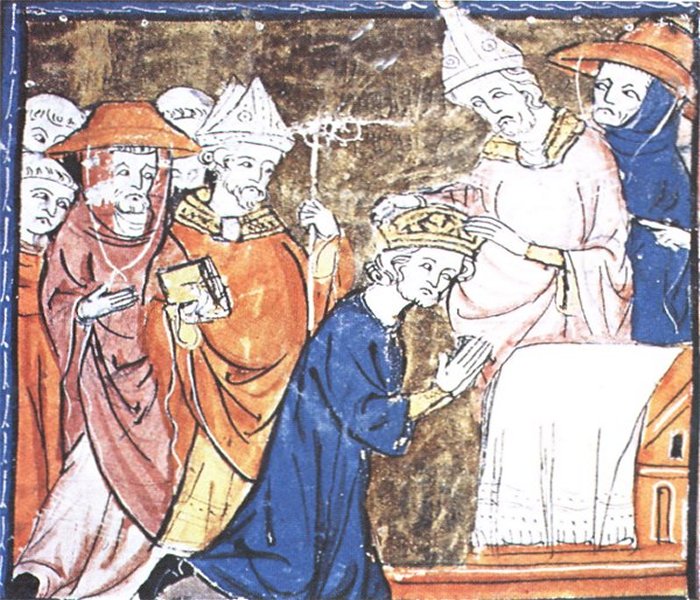
The coronation of Charlemagne by Pope Leo III. source
Pope Leo III acknowledged Charlemagne as a ruler, and in 800, at Mass on Christmas day at St. Peter's Basilica in Rome, he was named Roman Emperor.
Interestingly, Charlemagne began to use this title much later, probably because he feared it would create dependence on the Pope.
Charlemagne made many contributions to the future of European education. He sponsored the creation of a new uniform script for copying texts, developing textbooks for teaching Latin to non-Latin speakers, and collecting Latin manuscripts. Charlemagne also promoted learning that was given a time and a place to flourish. He set up monastic schools, supported authors and artists, and devised the pounds, shillings, and pence system used during the middle ages and in Britain until the 1970s.
Among his other achievements was the creation of the "Carolingian Miniscule," an alternative to the capital letters used in the Latin text.
Charlemagne died in 814 and was buried at the cathedral in Aachen. His empire encompassed much of Western Europe at the time of his death. He left control of his kingdom to his son, Louis the Pious.
His enormous cultural legacy has survived until today.
Written by A.Sutherland - AncientPages.com Senior Staff Writer
Updated on March 14, 2023
Copyright © AncientPages.com All rights reserved. This material may not be published, broadcast, rewritten or redistributed in whole or part without the express written permission of AncientPages.com
Expand for referencesReferences:
Fried J. Charlemagne
Becher M. Charlemagne
More From Ancient Pages
-
 Long-Lost Legendary Ancient Temple Discovered On San Miguel Hill In Mexico
Archaeology | Oct 20, 2023
Long-Lost Legendary Ancient Temple Discovered On San Miguel Hill In Mexico
Archaeology | Oct 20, 2023 -
 Ördög – Shapeshifting Demon Who Controls The Evil And Dark Forces In The World
Featured Stories | Oct 23, 2019
Ördög – Shapeshifting Demon Who Controls The Evil And Dark Forces In The World
Featured Stories | Oct 23, 2019 -
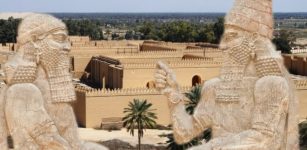 Mysterious Death Of Cambyses II – Natural, Suicide Or Assassination By Darius I The Great?
Featured Stories | Apr 21, 2021
Mysterious Death Of Cambyses II – Natural, Suicide Or Assassination By Darius I The Great?
Featured Stories | Apr 21, 2021 -
 Strange Ancient Sky Phenomenon – It Was Not A ‘Natural’ Space Object – Scientist Said
Featured Stories | Nov 5, 2019
Strange Ancient Sky Phenomenon – It Was Not A ‘Natural’ Space Object – Scientist Said
Featured Stories | Nov 5, 2019 -
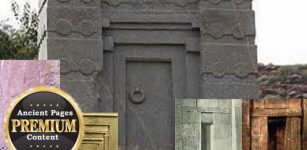 Unraveling The Mystery Of Ancient ‘False Doorways’
Featured Stories | May 24, 2014
Unraveling The Mystery Of Ancient ‘False Doorways’
Featured Stories | May 24, 2014 -
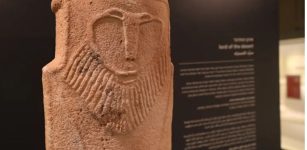 Never-Before-Seen Ancient Statue Of The ‘Lord Of The Desert’ Revealed To The Public – But Who Was He?
Artifacts | Mar 19, 2022
Never-Before-Seen Ancient Statue Of The ‘Lord Of The Desert’ Revealed To The Public – But Who Was He?
Artifacts | Mar 19, 2022 -
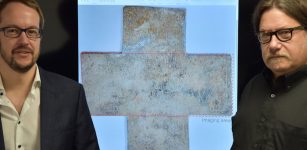 Terahertz Imaging Reveals Hidden Inscription On Early Modern Funerary Cross
Archaeology | Apr 26, 2022
Terahertz Imaging Reveals Hidden Inscription On Early Modern Funerary Cross
Archaeology | Apr 26, 2022 -
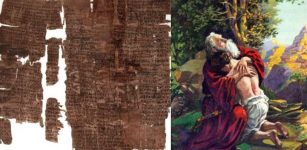 Ancient Egyptian Papyrus Tells A Different Story About Biblical Isaac’s Fate
Archaeology | May 1, 2018
Ancient Egyptian Papyrus Tells A Different Story About Biblical Isaac’s Fate
Archaeology | May 1, 2018 -
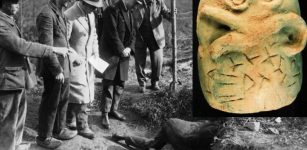 The Glozel Case Is A Symbol Of Disgrace Lies And Shame – Archaeological Scandal Of The Century
Artifacts | Oct 18, 2018
The Glozel Case Is A Symbol Of Disgrace Lies And Shame – Archaeological Scandal Of The Century
Artifacts | Oct 18, 2018 -
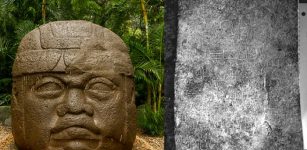 Mystery Of The Controversial Cascajal Block – Oldest Writing In The Americas
Artifacts | Oct 12, 2017
Mystery Of The Controversial Cascajal Block – Oldest Writing In The Americas
Artifacts | Oct 12, 2017 -
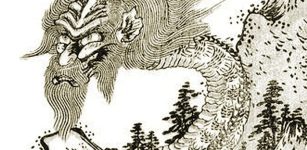 Legend Of The Candle Dragon That Could Lighten The Darkest Gate Of Heaven
Chinese Mythology | Jan 15, 2016
Legend Of The Candle Dragon That Could Lighten The Darkest Gate Of Heaven
Chinese Mythology | Jan 15, 2016 -
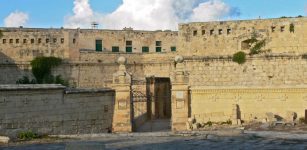 On This Day In History: Maltese Rebellion Took Place – On Sep 8, 1775
News | Sep 8, 2016
On This Day In History: Maltese Rebellion Took Place – On Sep 8, 1775
News | Sep 8, 2016 -
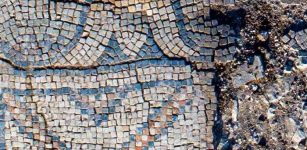 Beautiful Mosaics In 1,300-Year-Old Church Discovered In The Lower Galilee
Archaeology | Aug 29, 2020
Beautiful Mosaics In 1,300-Year-Old Church Discovered In The Lower Galilee
Archaeology | Aug 29, 2020 -
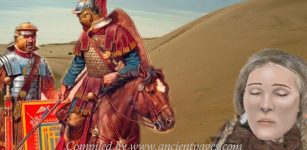 Mysterious White Chinese May Be Related To Ancient Roman Soldiers – Did Marcus Crassus’ Army Settle Down In The Gobi Desert?
Civilizations | Dec 29, 2017
Mysterious White Chinese May Be Related To Ancient Roman Soldiers – Did Marcus Crassus’ Army Settle Down In The Gobi Desert?
Civilizations | Dec 29, 2017 -
 Old Cannon Found At Construction Site
Archaeology | Apr 22, 2020
Old Cannon Found At Construction Site
Archaeology | Apr 22, 2020 -
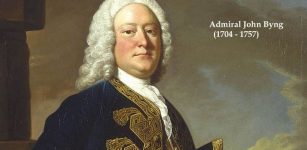 On This Day In History: Admiral John Byng Charged With ‘Failing To Do His Utmost’ – Executed – On Mar 14, 1757
News | Mar 14, 2017
On This Day In History: Admiral John Byng Charged With ‘Failing To Do His Utmost’ – Executed – On Mar 14, 1757
News | Mar 14, 2017 -
 Sacred ‘Sign Posts’ Of The Inuit People
Ancient History Facts | Sep 4, 2018
Sacred ‘Sign Posts’ Of The Inuit People
Ancient History Facts | Sep 4, 2018 -
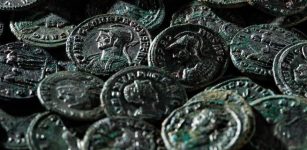 Swiss Farmer Discovered Roman Coins Among Cherry Trees
Archaeology | Nov 22, 2015
Swiss Farmer Discovered Roman Coins Among Cherry Trees
Archaeology | Nov 22, 2015 -
 On This Day In History: Ceres Discovered By Giuseppe Piazzi – On Jan 1, 1801
News | Jan 1, 2017
On This Day In History: Ceres Discovered By Giuseppe Piazzi – On Jan 1, 1801
News | Jan 1, 2017 -
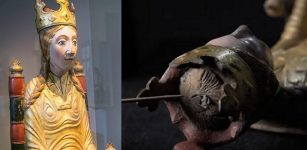 Viklaumadonna Hides A Thousands-Year-Old Secret
Artifacts | Jan 5, 2020
Viklaumadonna Hides A Thousands-Year-Old Secret
Artifacts | Jan 5, 2020

